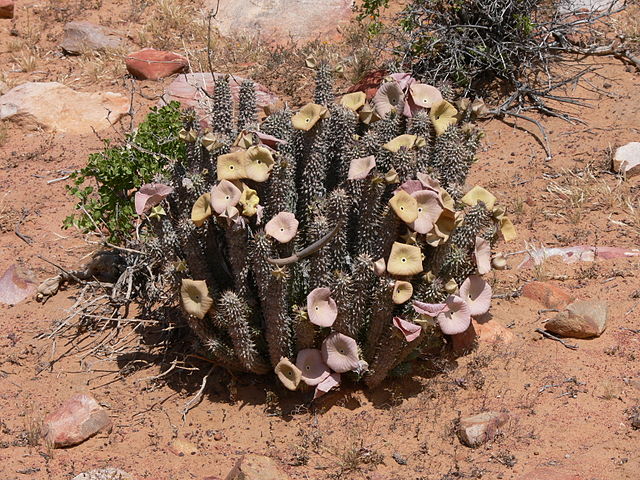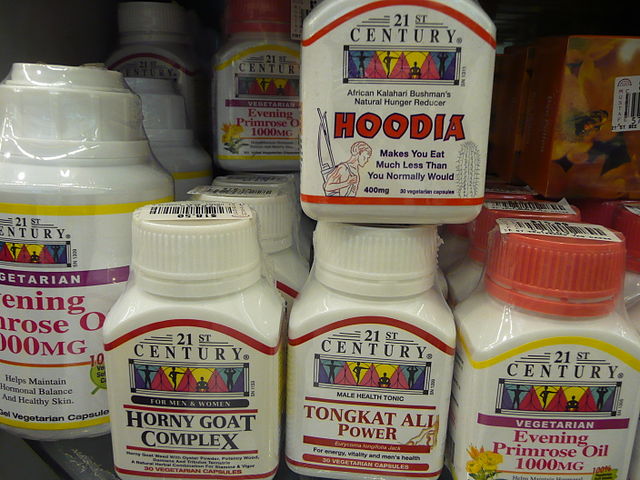生物多様性とバイオパイラシー
アフリカの薬用植物
2015study
2015-07-17(金)ヴァンダナ・シヴァによって「バイオパイラシー」と名付けられた「グローバル化による生命と文化の略奪」行為であるが、・・アフリカの薬用植物をみてみます。『生きる歓び―イデオロギーとしての近代科学批判
・・・西欧で生まれた近代科学は自然の断片化と経済史上の世界化をもたらした。それが、人々の生きる喜びと働く意味をどのように破壊してきたのかを、豊富な事例をもとに歴史的に検証。今日のインドを代表する知性が「生活の孫g年」の意味とその復権を呼び掛けた代表作。
『生物多様性の保護か、生命の収奪か
・・特許法を脱神話化し、フローバル化した特許体制がもたらす倫理的、経済的、生態学的な問題に光を当てる。
Hoodia

"Hoodia gordonii P1010383" by Winfried Bruenken (Amrum) - Own work. Licensed under CC BY-SA 2.5 via Wikimedia Commons.
Hoodia gordonii is traditionally used by the San people (Bushmen) of the Namib desert as an appetite suppressant as part of their indigenous knowledge about survival in the harsh desert conditions.
In a well-known case of biopiracy, bioprospectors from South Africa’s Council for Scientific and Industrial Research (CSIR) realized that the plant was marketable and patented its use as an appetite suppressant without recognizing the Sans' traditional claims to the knowledge of the plant and its uses.
The patent was later sold to Unilever, which marketed hoodia products as diet supplements.
In 2003, the South African San Council made an agreement with CSIR in which they would receive from 6 to 8% of the revenue from the sale of Ho. gordonii products, money which would be deposited in a fund to purchase land for the San people who had been dispossessed from their lands by white settlers.
Many Hoodia species are protected plants, typical of the Namib Desert, ranging from central Namibia to southern Angola, especially in plains and rocky areas. Common names include "Bushman's Hat" and "Queen of the Namib".
食欲抑制が「ある」
http://www.webmd.com/diet/hoodia-lots-of-hoopla-little-science

„Hoodia-packaged“ von Seth Mazow - Horny Goat Complex? Hoodia?. Lizenziert unter CC BY-SA 2.0 über Wikimedia Commons.

